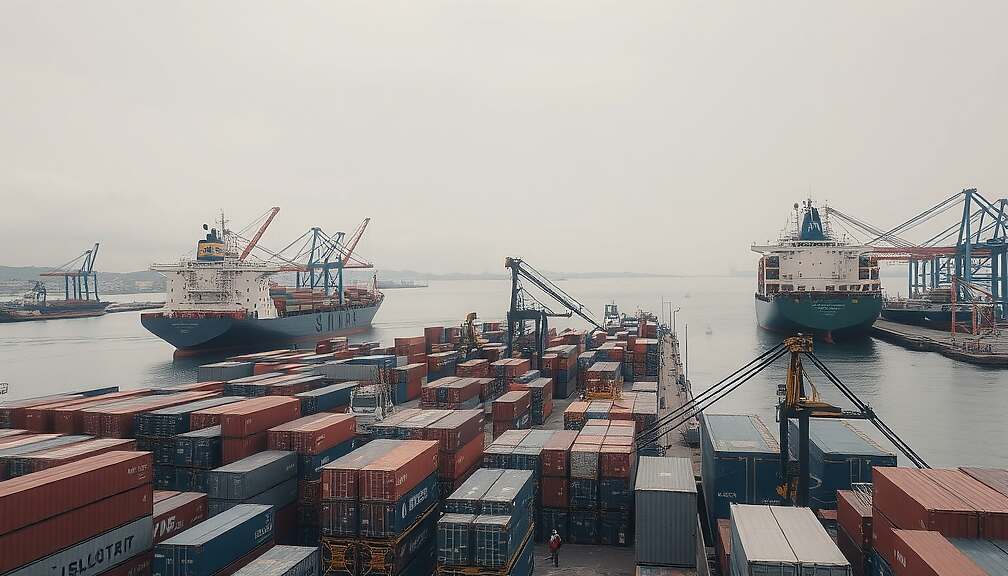Germany has once again ceded its position as its largest trade partner to China, according to newly released data from the Federal Statistical Office (Destatis). From January to September 2025, trade volume between Germany and China reached €185.9 billion, slightly surpassing the €184.7 billion recorded in trade with the United States. This marks a return to the status quo disrupted in 2024 when the US briefly held the top spot.
The shift reflects contrasting economic trends and evolving geopolitical considerations. While overall trade with China saw a marginal increase of 0.6% compared to the previous year, trade with the United States contracted by 3.9%. Critically, German exports to China have experienced a sharper decline – down 12.3% – compared to a 7.8% decrease in exports to the US. Although the United States remains Germany’s primary destination for exported goods, with €112.7 billion in value, China now ranks as only the sixth most important market for German exports.
A particularly concerning aspect of this trend lies in the substantial drop in exports of crucial sectors. Automotive exports, a cornerstone of the German economy, plummeted by €6.1 billion (-35.9%) when trading with China. Similarly, machinery exports saw a significant reduction of €1.5 billion (-10.7%) and electrical equipment exports fell by €1.3 billion (-13.2%). The declines in US-bound exports mirrored, but were generally less severe, impacting areas like aircraft manufacturing and general machinery.
Adding complexity to the situation is the simultaneous increase in imports from both China and the United States. German imports from China surged by 8.5%, significantly outstripping imports from any other nation, valuing at €124.5 billion. This surge is notably driven by increased imports of electrical equipment, clothing and machinery. The US also saw import growth (+2.8%), particularly in areas like aircraft, pharmaceuticals and metals, highlighting a persistent demand for American goods.
The re-emergence of China as Germany’s dominant trade partner raises questions about the sustainability of the current trade relationship and the potential for further decoupling. While some analysts attribute the shifts to specific economic conditions, others emphasize the impact of ongoing geopolitical tensions and strategic re-evaluations regarding trade dependency, especially concerning sensitive sectors like automotive and machinery. The increasing reliance on Chinese imports, despite export declines, also prompts scrutiny of supply chain vulnerabilities and potential risks associated with concentrating sourcing in a single nation. The data underscores the necessity for Germany to diversify its trade relationships and reassess its strategic reliance on both markets to ensure long-term economic stability and resilience.












